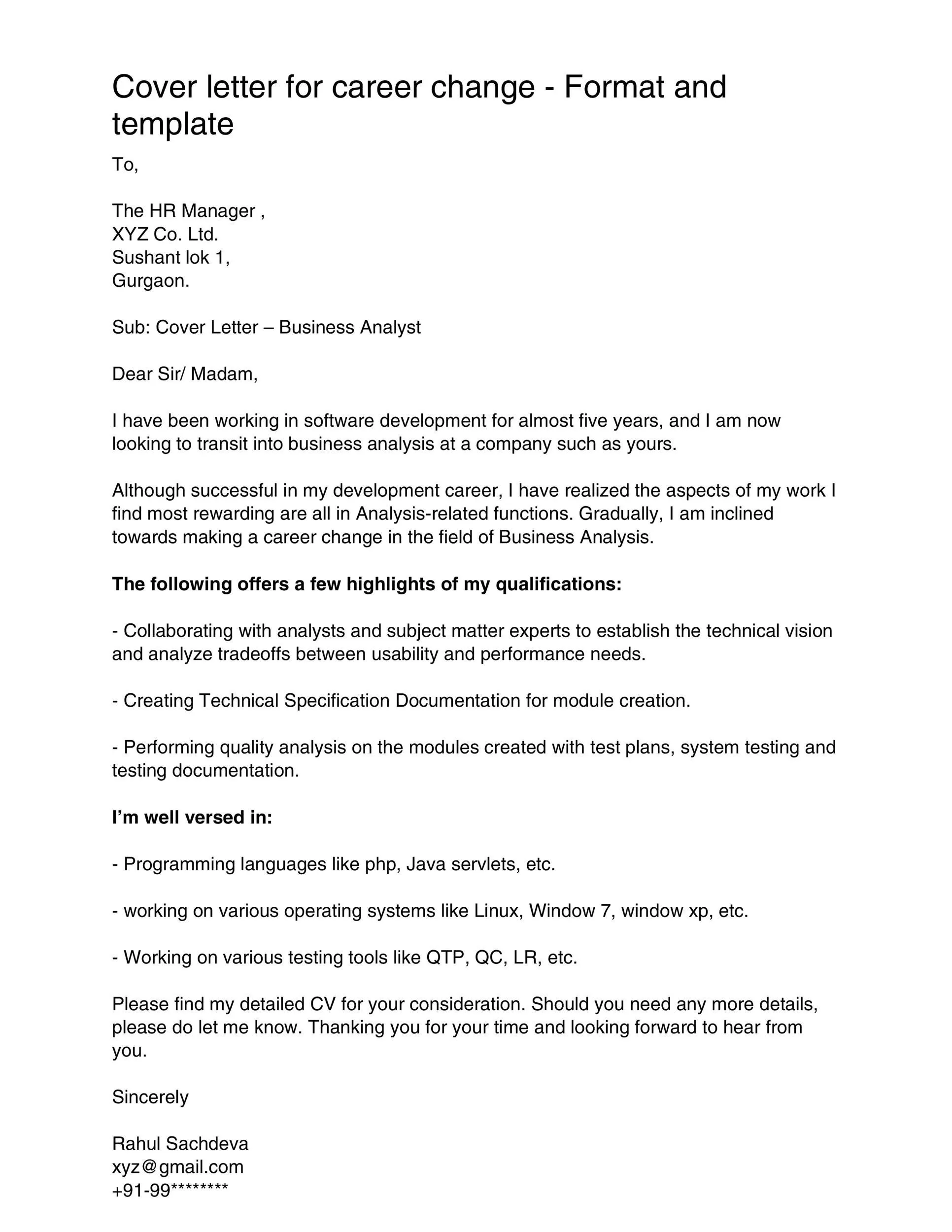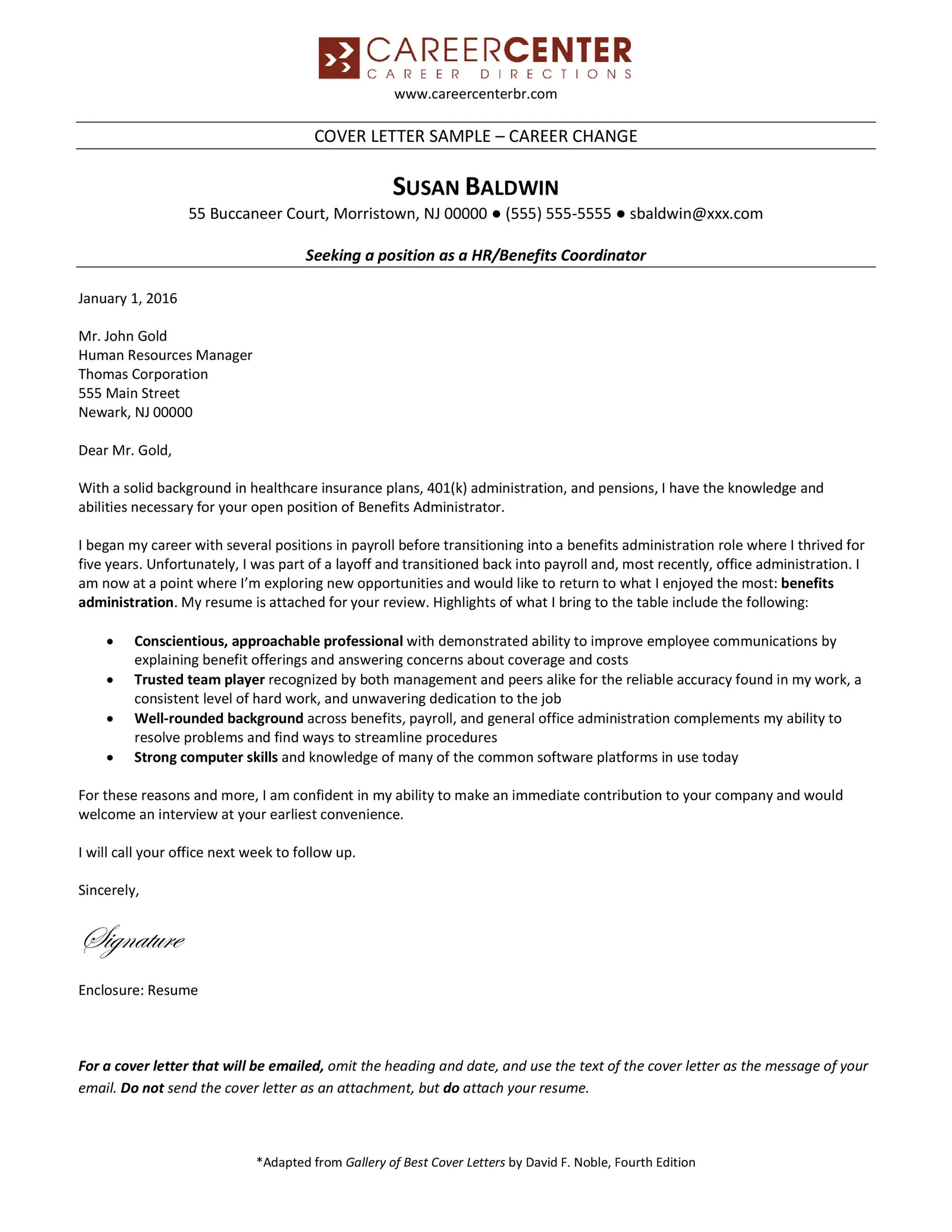Highlighting Transferable Skills
When switching careers, the most crucial element of your cover letter is showcasing your transferable skills. These are the abilities and knowledge you’ve gained in previous roles that are relevant to the new position. Don’t assume that the hiring manager automatically knows how your past experience translates. Explicitly connect your previous responsibilities and accomplishments to the requirements of the new job. For instance, if you’re moving from a project management role to a marketing position, emphasize your organizational skills, communication abilities, and ability to manage deadlines. By making these connections clear, you demonstrate your value and potential to the hiring team and prove you’re a valuable asset to them. This will help you get one step closer to landing the job and starting your new career.
Identify Your Skills
Begin by making a detailed list of all the skills you possess. Don’t limit yourself to just technical skills; include soft skills such as teamwork, problem-solving, and leadership. Use the job description as a guide to identify the specific skills the employer is seeking. Compare your skill list with the requirements and pinpoint the most relevant ones. Be as specific as possible. For example, instead of just saying “communication skills,” mention specific areas like written communication, public speaking, or presentation skills. This targeted approach allows you to immediately grab the attention of the hiring manager and demonstrate that you have done your research. This will help you prove your competency and increase your chances of being hired.
Showcasing Accomplishments

Don’t just list your responsibilities; showcase your accomplishments. Use the STAR method (Situation, Task, Action, Result) to effectively describe your achievements. Start by setting the scene and describing the situation, then outline the task you needed to accomplish. Next, explain the actions you took and the results you achieved. Focus on quantifiable results whenever possible. For example, instead of saying “Managed social media accounts,” say “Increased social media engagement by 30% in six months by implementing a new content strategy.” Highlighting concrete achievements shows that you are capable of delivering results, even in a different role or industry. This will prove your worth and potential to your future employer and show that you are capable of learning new skills quickly.
Quantify Your Achievements
Whenever possible, use numbers and data to quantify your achievements. Numbers make your accomplishments more impactful and memorable. Instead of saying, “Improved customer satisfaction,” say, “Improved customer satisfaction scores by 15% through implementing a new feedback system.” Use percentages, dollar amounts, or any other measurable metrics. This provides tangible proof of your skills and demonstrates the value you brought to your previous roles. This also enables potential employers to see at a glance your capability and ability to deliver results. Quantifiable achievements demonstrate the impact you can make and set you apart from other candidates.
Focusing on Career Goals
Your cover letter should clearly communicate your career goals and why you’re transitioning. Explain why you are interested in the new role and what you hope to achieve in this new direction. This shows that you have a clear vision for your future. Employers want to know that you are committed to your career and are looking to advance. Briefly mention your long-term career objectives and how the new role aligns with these goals. Demonstrating you are actively planning your career path increases the likelihood of a positive response from the hiring manager. This focus on your aspirations will align your goals with the company’s needs, showcasing your commitment.
Clearly State Your Objective

In the opening paragraph, clearly state the position you are applying for and why you are interested. Briefly mention your career change and highlight the skills that make you a good fit for this specific role. Avoid vague language and be direct. For example, “I am writing to express my interest in the Marketing Manager position at XYZ Company. After 5 years in project management, I am eager to leverage my organizational and communication skills to excel in a marketing leadership role.” Stating your objective upfront immediately informs the reader of your purpose and sets the stage for the rest of the cover letter. This will increase the reader’s focus and will make your application more effective and your goals clearer.
Tailoring to the New Role
Customize your cover letter for each job application. A generic cover letter will not stand out. Carefully review the job description and tailor your letter to match the specific requirements and keywords. Highlight the skills and experiences that align with the job’s needs, and use language from the job posting. This demonstrates that you have carefully considered the role and that you are a good fit. Doing so will show the hiring manager that you are seriously interested in the position and that you understand what the role entails. A tailored letter shows you’ve done your homework and are genuinely interested in the specific opportunity.
Research the Company
Before you start writing, research the company and understand its mission, values, and recent projects. This shows that you are genuinely interested in working there. Incorporate this information into your cover letter. Explain how your skills and experience can contribute to the company’s goals. This not only demonstrates your knowledge but also shows that you are proactive and have taken the initiative to learn more about the organization. Addressing specific company projects or initiatives will show the employer that you are willing to get involved and that you are excited about the opportunity. Researching the company is essential to show your interest and your capability to be a part of the new role.
Demonstrating Enthusiasm

Express genuine enthusiasm for the new role and the company. Your cover letter is your chance to show that you are genuinely excited about the opportunity. Enthusiasm is contagious, and a positive attitude can make a lasting impression. This helps to showcase your commitment to succeeding in this new role and highlights your passion. The best part is, the employer can get a sense of who you are and what motivates you.
Expressing Genuine Interest
Use language that conveys your excitement for the role and the company. Avoid generic phrases and instead use specific examples to show why you are interested. For example, “I am particularly drawn to XYZ Company’s commitment to sustainability, which aligns with my personal values.” This shows that you have put thought into your application. This is also a great way to show that you’re not just applying for any job, but that you are specifically interested in this particular role and company. Genuine interest helps highlight your enthusiasm and gives the employer an idea of your passion for the role.
Using Action Verbs
Use strong action verbs to describe your skills and accomplishments. Action verbs make your writing more dynamic and engaging. Instead of saying “Responsible for managing projects,” say “Led project teams to successful completion.” This not only makes your cover letter more compelling but also highlights your abilities. Examples of powerful action verbs include “achieved,” “implemented,” “developed,” “created,” and “managed.” Using these verbs will create an image that captures the attention of the hiring manager. This strategy will help you showcase your achievements.
Addressing the Career Change

It’s important to address your career change directly and honestly. The hiring manager will likely notice the change, so it’s best to address it upfront rather than trying to hide it. This demonstrates confidence and shows that you are comfortable with your decision. Explain your motivations for switching careers and highlight the skills and experiences that make you a good fit for the new role. Being transparent can build trust and show that you are committed and sure of the new role. This will make it easier for the hiring manager to see your potential and consider your application seriously.
Acknowledge the Transition
Acknowledge that you are transitioning careers and explain the reasoning behind your decision in a concise and positive way. You don’t need to go into great detail, but providing a brief explanation can help the hiring manager understand your motivations. This shows that you are confident in your decision and are ready to move forward. For example, you could say, “I have decided to transition my career to align with my passion for…” or “After years of experience in X, I am eager to apply my skills to Y.” Acknowledging the transition helps show your sincerity and provides the hiring manager with a better understanding of your application.
Emphasize Your Adaptability
Highlight your adaptability and willingness to learn. Switching careers requires a willingness to adapt to new environments and learn new skills. Emphasize your ability to quickly learn new concepts and your enthusiasm for new challenges. Provide examples of how you have successfully adapted to change in the past. This shows that you are a quick learner and are capable of thriving in a new role. This is a great way to show that you’re resilient and ready to take on any challenge that comes your way.
